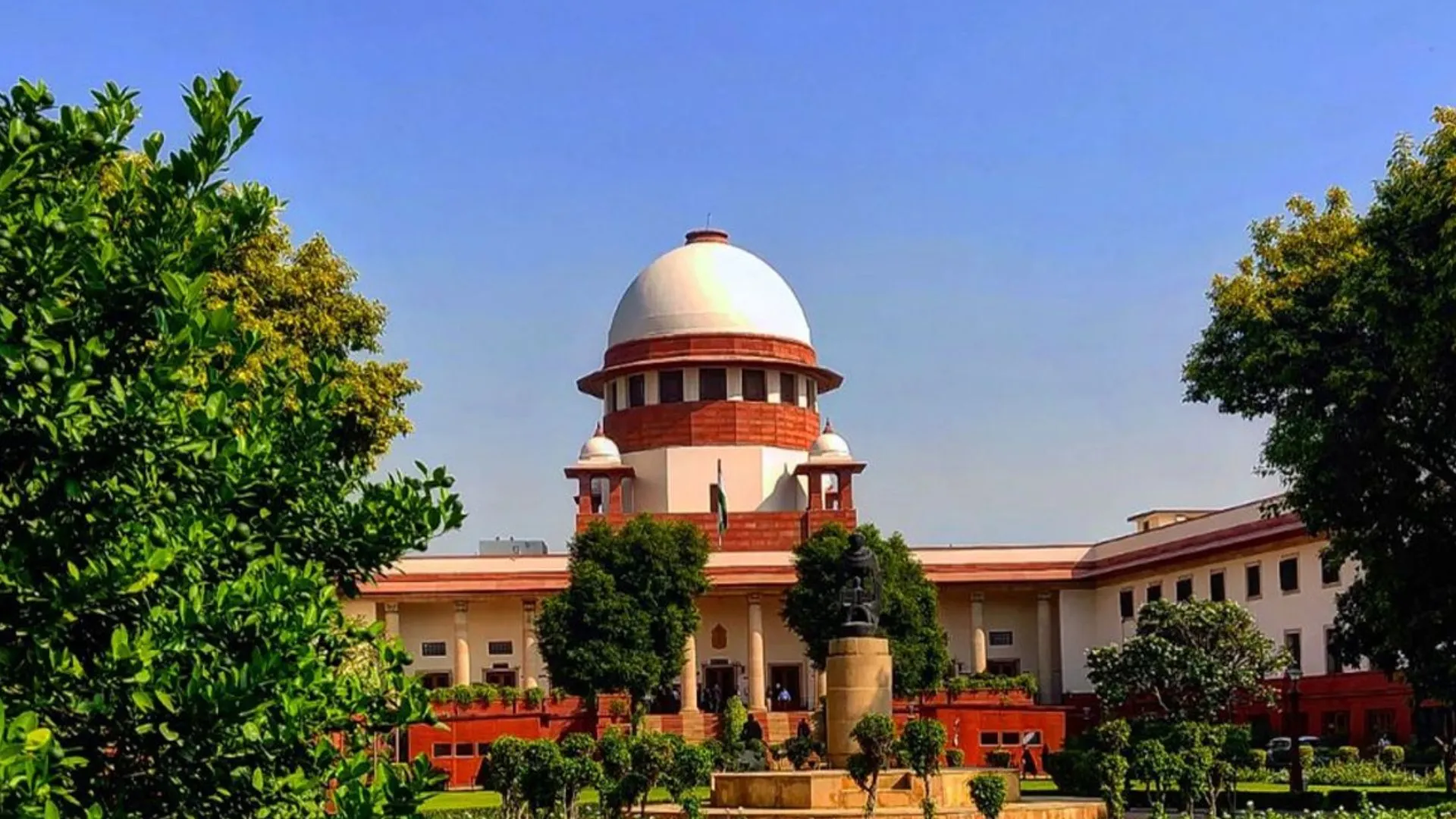Hurricane Helene made a historic landfall on Thursday night and carried cataclysmic winds reaching up to 140 mph, which made it the first known category 4 storm that ravaged Florida’s Big Bend region since the records began in 1851.
Helene had hit the coast at 11:10 p.m. ET near Perry, Florida, the low-pressure wind system weakened to a category 1 storm hours later and continued on its path towards Georgia. By 3:00 a.m. ET, the low-pressure system had sustained winds of 80 mph as per the National Hurricane Center, and the storm is further expected to weaken as it moves inwards away from the ocean.
A State Of Emergency Declared
Coastal southern Florida is currently under hurricane and tropical storm warnings, with storm surge alerts affecting nearly the entire west coast. The National Hurricane Center has issued alarming predictions of “unsurvivable” surges that could soar to 20 feet in some locations.
In Tampa, a tragic accident occurred when a sign fell on a car, resulting in the driver’s death, as reported by the Florida Highway Patrol. In Wheeler County, Georgia, two individuals lost their lives when a tornado flipped a mobile home.
In response to the storm, a state of emergency has been declared in 61 out of 67 counties in Florida, and many regions are under evacuation orders.
Formation Of Other Low-Pressure Systems
Beryl
Another devastating hurricane that made landfall this year was Beryl, which began forming in the deep Atlantic region, and by June 29th it had turned into a major hurricane. It made landfall on the island of Carricou in Grenada as a category 4 hurricane on 1st July and later strengthened into a category 5 storm in the Eastern Caribbean Sea. The storm had only weakened a little and made its second landfall on the Yucatan Peninsula as a high-end category-2 hurricane on 5th July.
After making landfall, Hurricane Beryl began its journey north-northeast, gradually losing strength over the next few hours. By 10 AM CDT, it had weakened to a tropical storm just northwest of Houston, continuing to diminish as it moved northeast through East Texas. By 10 PM CDT, Beryl was downgraded to a tropical depression just northwest of Shreveport, Louisiana. On July 9th, it transitioned into a post-tropical cyclone while traversing Northwest Arkansas, moving swiftly through the Northeast U.S. over the following day.
Yagi
Helene is not the only low-pressure system that made a devastating landfall this year, it was only recently that Typhoon Yagi touched down in northern Vietnam and was categorized as the strongest storm Asia had seen this year, which had claimed at least 127 lives. The cyclone carried itself with winds reaching up to 200km/h, which resulted in widespread destruction of life and property.
Before hitting Vietnam, the storm had left its impact on Hina and the Philippines as well, causing widespread flooding and power outages that had forced people to leave their homes.
Wider Implications And Climate Change
There are a lot of factors that have to be accounted for that determine how a storm is formed and its strength, duration, and overall characteristics. However, according to scientists and recent research, it has been put forth that hurricanes, typhoons, and cyclones have become stronger due to climate change.
The immediate cause of this is the rise in ocean temperature, and this warming of the ocean works as fuel for more intensified low-pressure systems with higher wind speeds.
Further, a warmer atmosphere has the capacity to hold more moisture, which leads to more intense rainfalls. Research indicates that powerful storms are now remaining over land for extended periods, a trend linked to climate change, which results in increased rainfall in certain areas.
Additionally, rising sea levels are contributing to the intensity of these tropical cyclones. The risk of storm surges, which can wreak havoc on coastal communities, is exacerbated by higher sea levels, leading to even more severe flooding.
ALSO READ: To Curb Gun Violence In US, Joe Biden Introduces Gun Laws, Says, ‘It’s Our Job To Do Better’


























